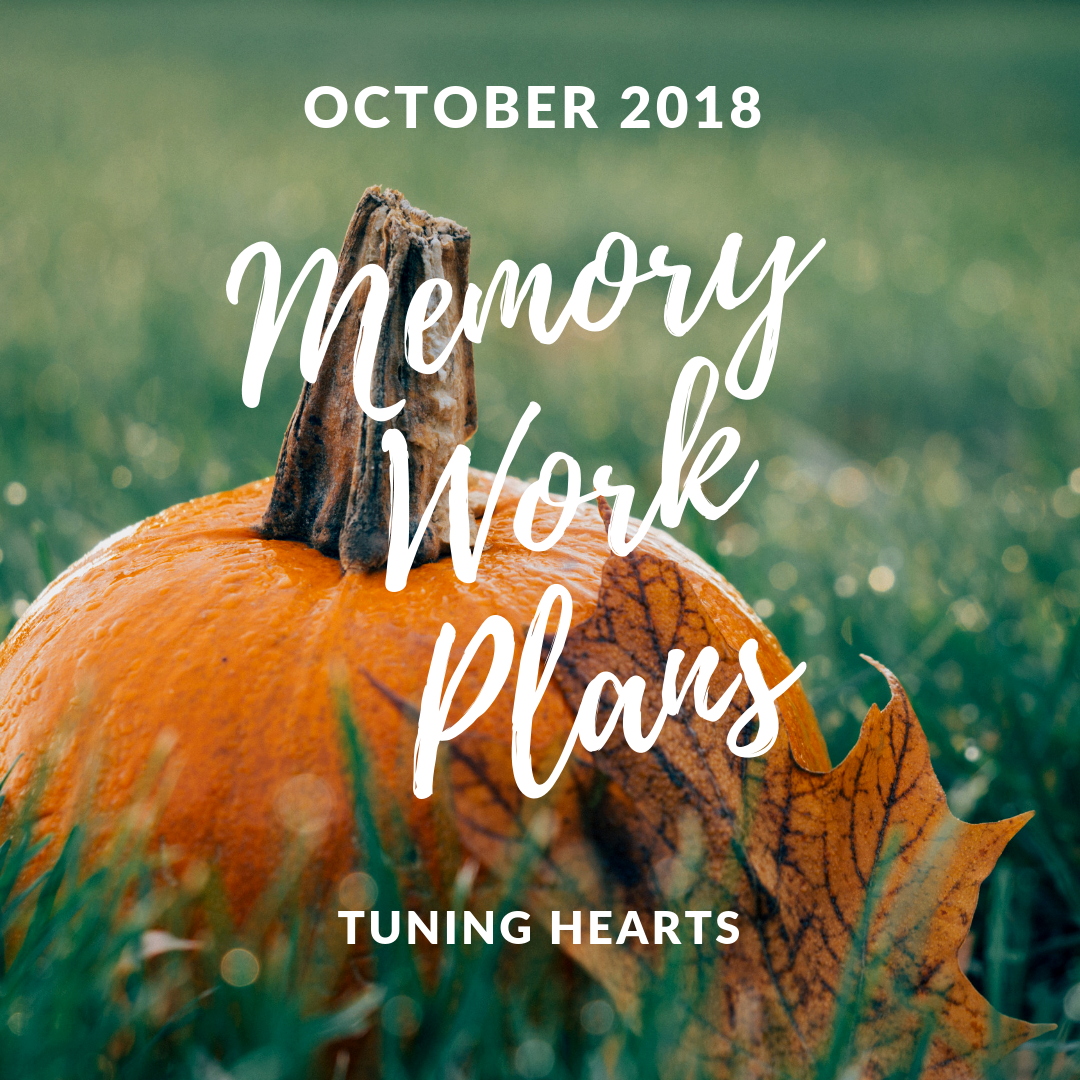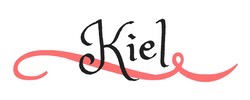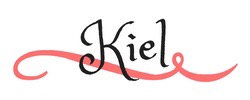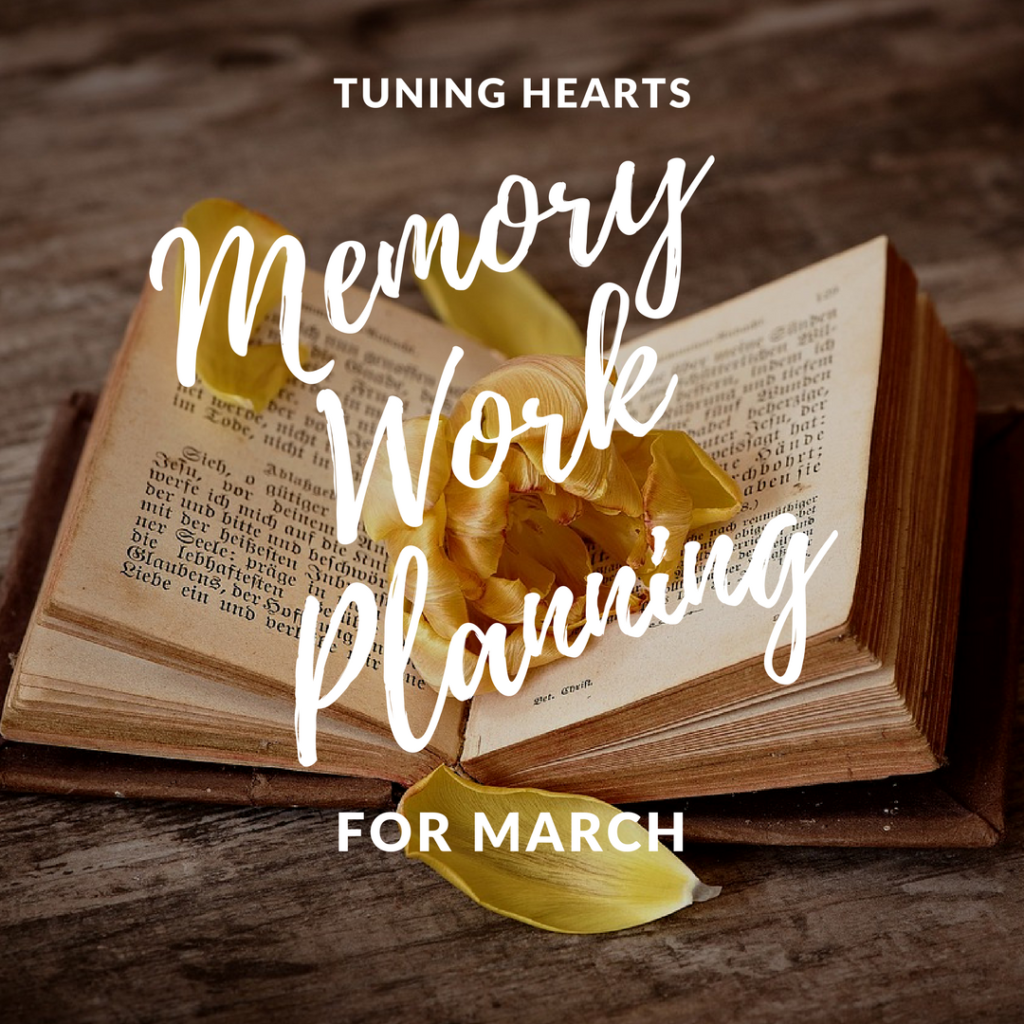
In the interest of honesty, I am not setting a timer for this post, and it will likely take me more than five minutes to write. But the word “common” prompted me to think of my somewhat neglected commonplace notebook…so I’m going to talk a little bit about “commonplacing” because I don’t think I have written about it here before. It fits within the themes of contemplation and creativity, too!
This week’s prompt brought to my mind my all too oft neglected commonplace book. I keep meaning to dig it out of the drawer next to my favorite reading spot and make a better habit of jotting things down in it. But I may be getting ahead of myself because I realize that some of you may have never heard of a commonplace book and don’t know what I’m talking about! Well, don’t feel too out of the loop. Until I started reading Charlotte Mason homeschool mom blogs a few years ago, I’d never heard the term before, either.
A commonplace book is, in its simplest form, a place in which you write down favorite quotes and passages as you read so that you can come back to them again later. You can google “commonplace book” and find all sorts of examples, but each person keeps their commonplace a little differently. I don’t use mine as much as I perhaps should, but when I do take the time to write quotes, poems, sayings or meaningful passages from books (or articles, or even blog posts), I find I remember them better later on. And I do enjoy flipping through the notebook and seeing them again, sort of like looking at snapshots of good times with old friends. (Because I do think of really excellent books as my friends, don’t you?)
The first examples of commonplace books I’ve read about are from medieval and renaissance scholars. They used them as a way to keep and organize ideas and facts as they studied, and looking at some of these artifacts is truly a peek into the mind of the great thinkers of that time period! I don’t have any such grand visions of my own commonplace as being anything so intriguing to generations to come, but perhaps some day my children might find them and enjoy reading what I found a comfort or an inspiration.
One little fact I found enlightening is the etymology of the word “commonplace” in reference to these keeping books. It made little sense to me that a word that now means ordinary or trite would be used to denote a place in which we record that which we find extraordinary and worth noting. But I discovered that the term originally was two words, “common place” and was translated from the Latin, locus communis, which was in itself a translation from the Greek words that meant “general theme.”
mid 16th century (originally common place ): translation of Latin locus communis, rendering Greek koinos topos ‘general theme.
Now that made sense to me, since many people did and still do organize their commonplaces according to theme or subjects. But I think a good many more of us are less structured than that and just write down whatever strikes our fancy. I like the idea of my commonplace being a spot where all the books I read come out and play together! As I read through the many quotes I have gathered over the years, I am sometimes surpised at how much the science of relations is at work as I find connections between the various books and quotes I might not have seen otherwise.
Writing all this has certainly inspired me to start writing in my own commonplace book more often, and I hope that it might inspire you, as well! If you want to read (or hear) more about commonplacing from some of my favorite people online, here are a few links you can chase:
- The Scholé Sisters Podcast, Ep. 42: Carpe Librum–the whole podcast is actually about book recommendations, but they open with a short discussion about commonplacing that I thoroughly enjoyed.
- Sarah Mackenzie’s “What I Keep in My Commonplace Book“
- Celeste at Joyous Lessons has started a whole online community around the theme of Keeping Company, sharing our commonplace entries with others! She and her children add a lot of illustrations and such to their notebooks, and they are simple beautiful. (GOALS!)
This post is part of the 31 Days of Five Minute Free Writes and Write 31 Days blogging challenges. Find all my posts in this series under the tag “write31days2018.”









